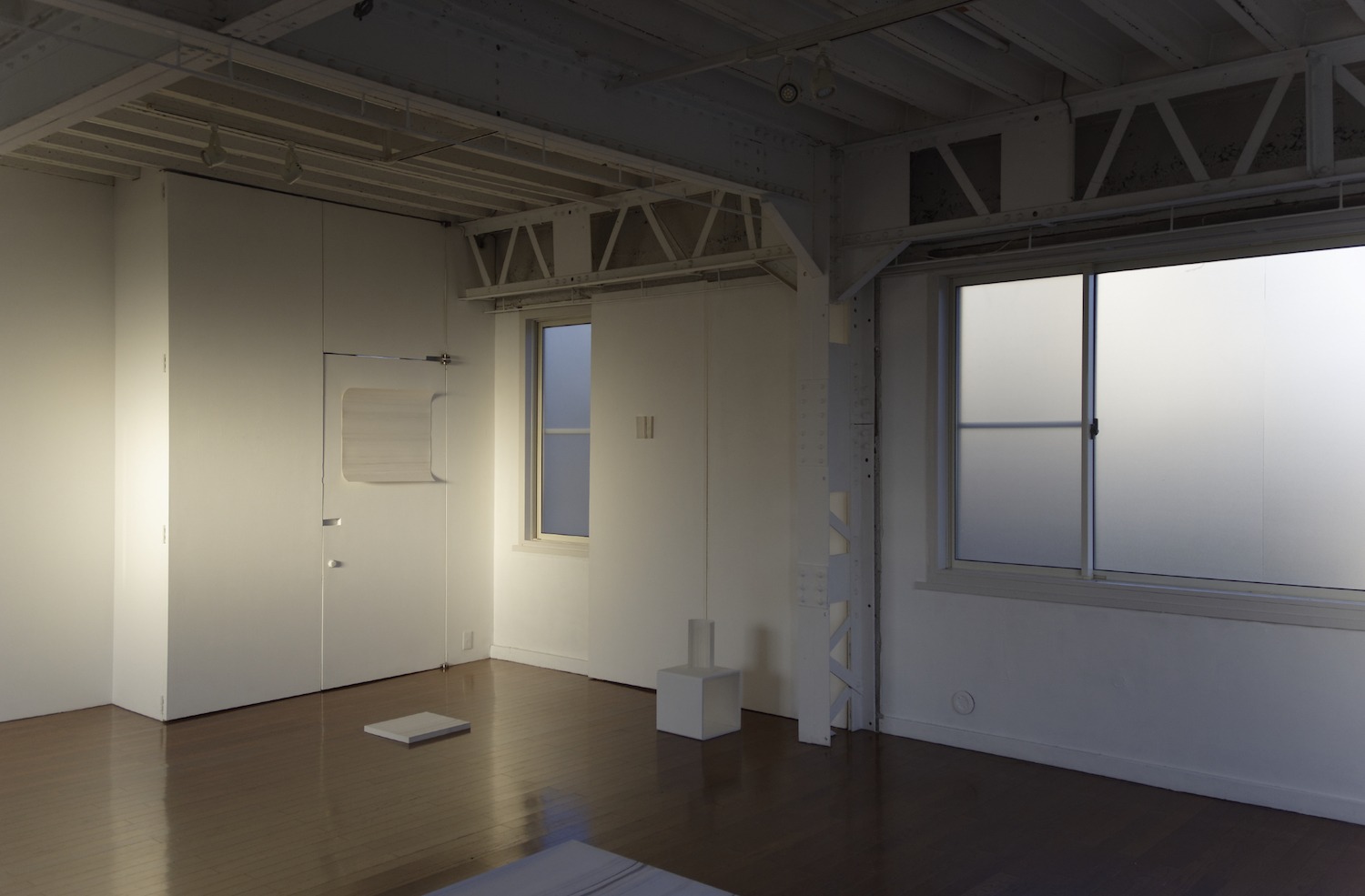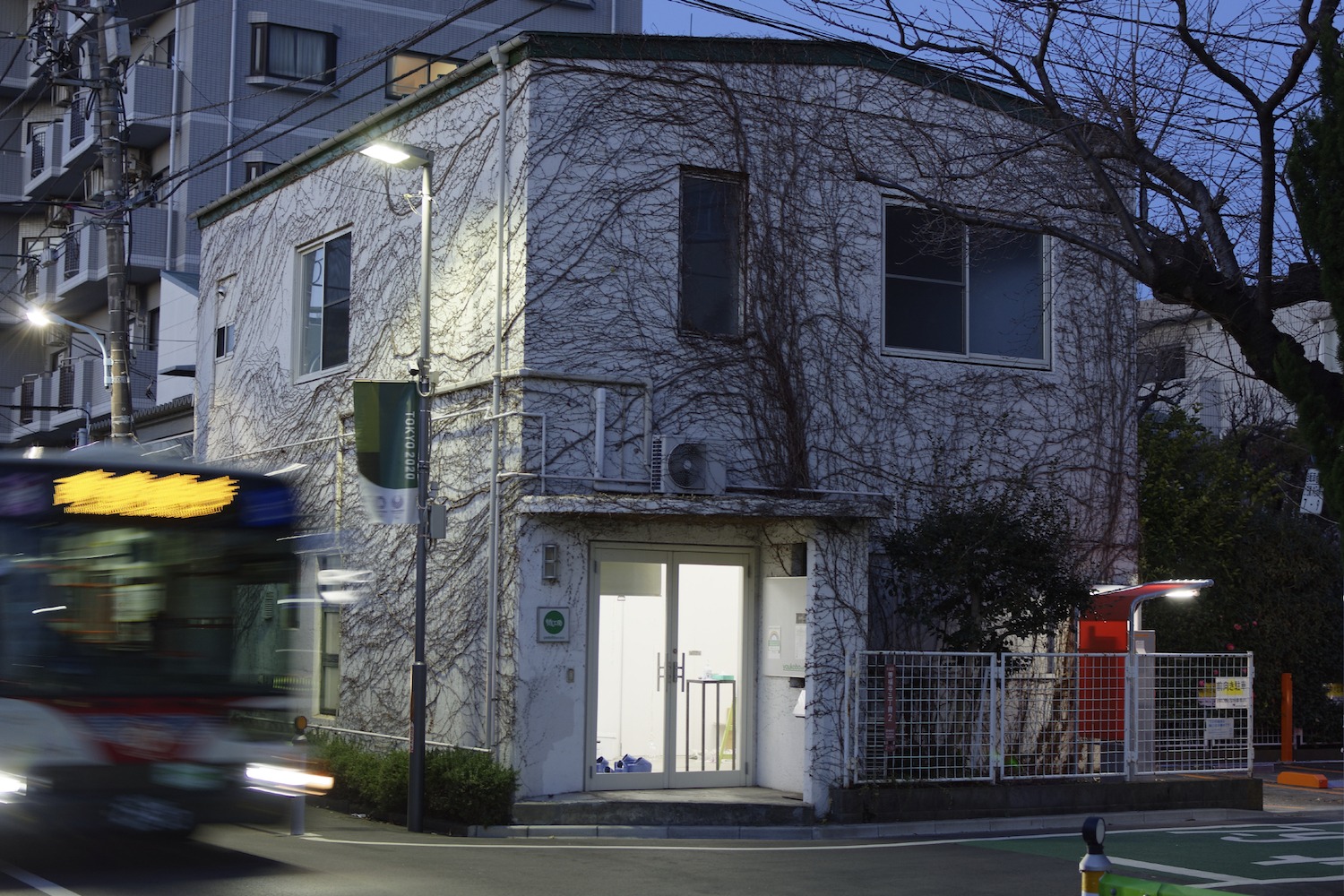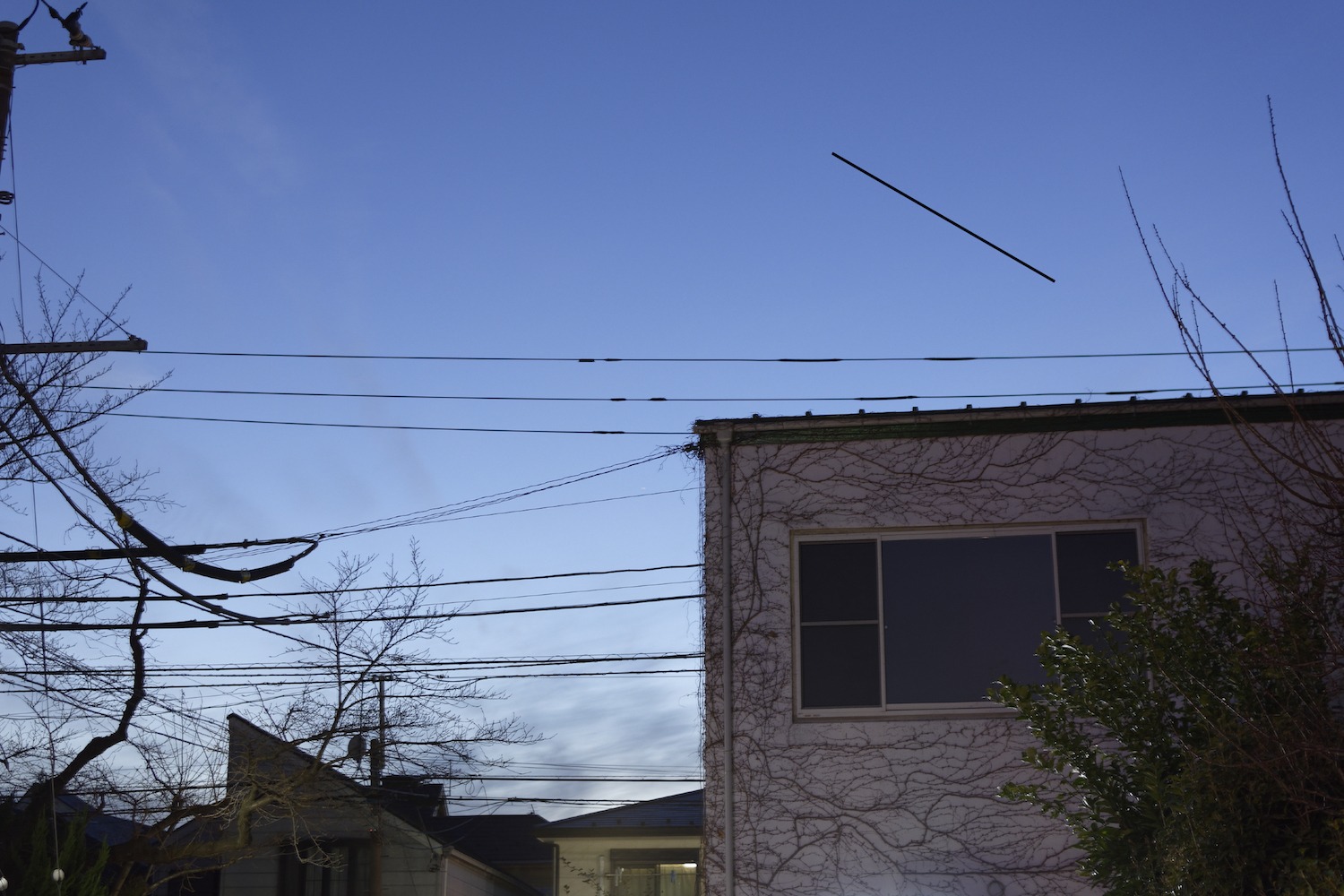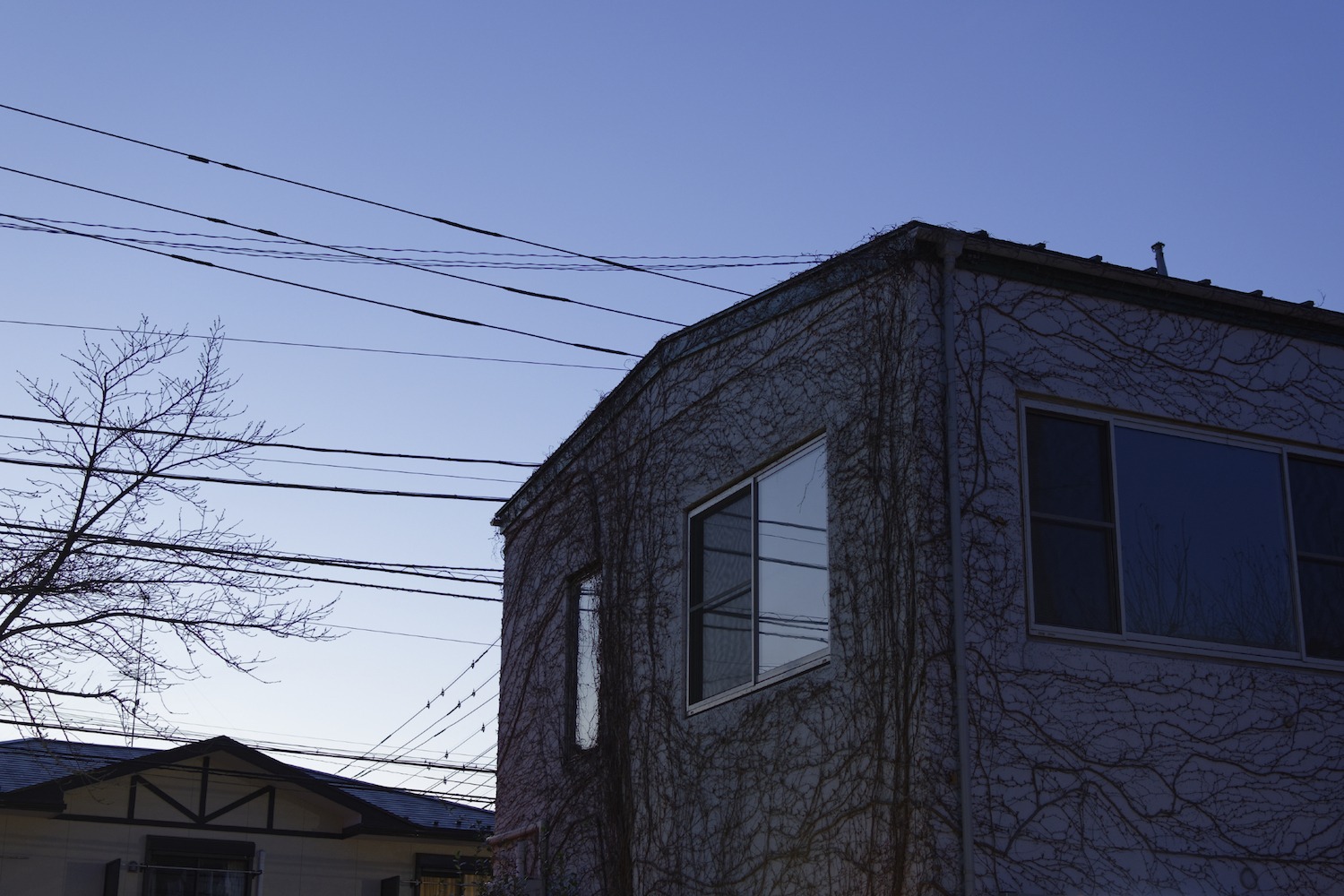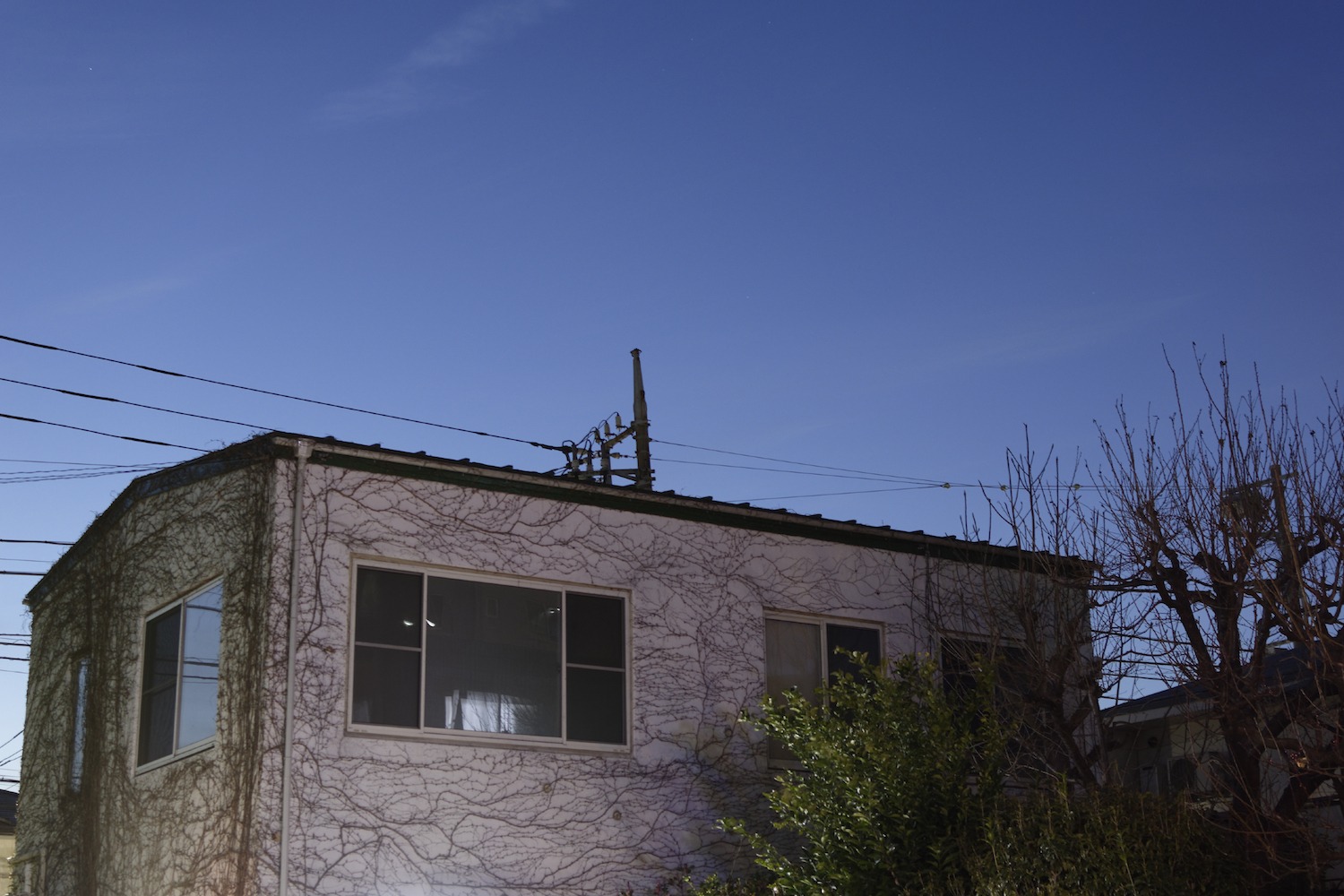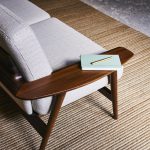Youkobo Art Space
Overlapping Tendencies
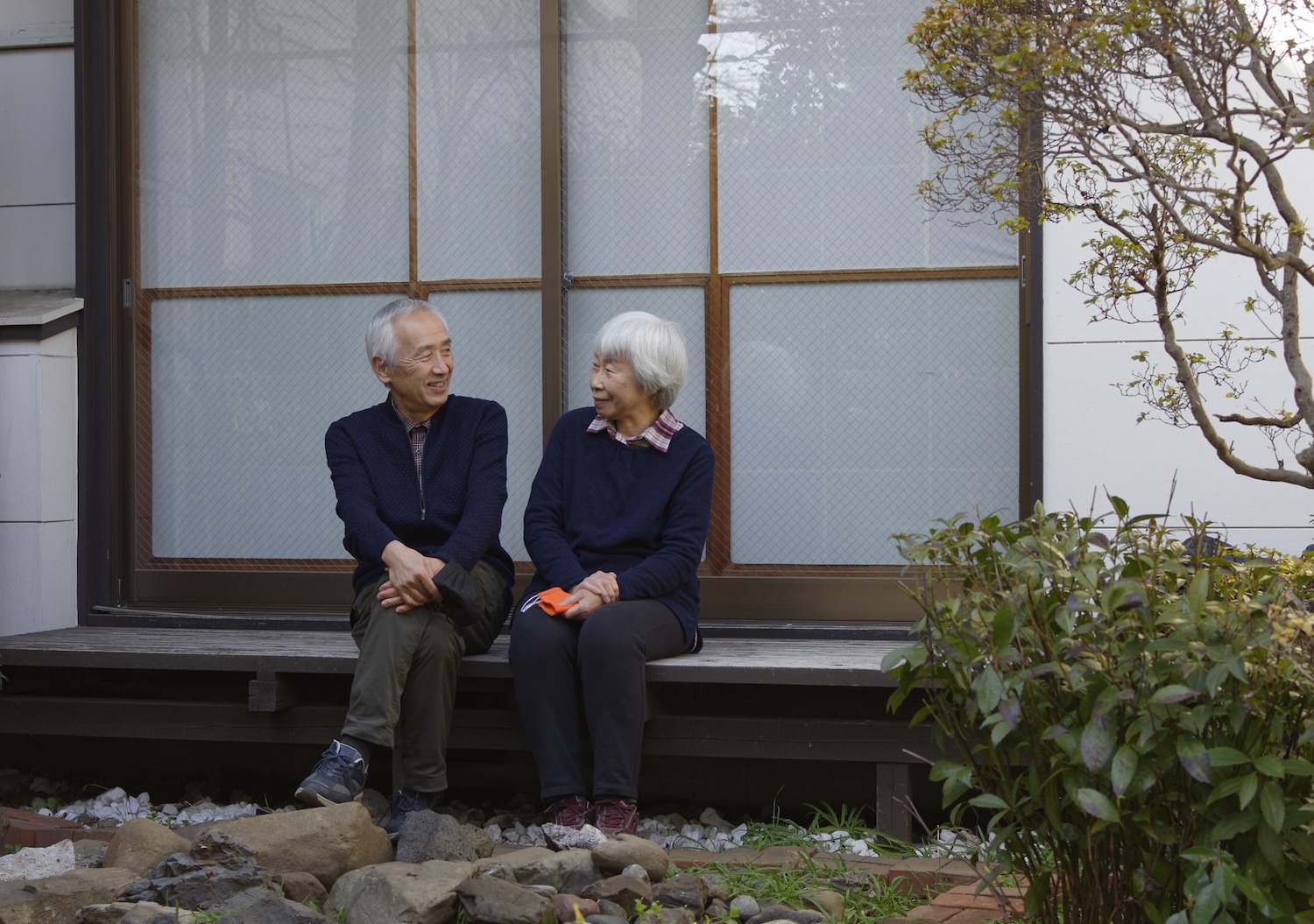
The construction, a landed version of pre-WWII shipbuilding methods, featured overlapping steel plates held together by the repetitive action (and determined noise) of driving rivets.
It was only a matter of time until material and labor cost-saving measures favored HT (high tensile) bolt-joining construction and buildings such as this one became architectural anomalies. But this riveted and riveting “overlap” is perhaps a just construction for a story about this architectural space on a Suginami corner, that was built as a medical clinic and now supports artist residencies.
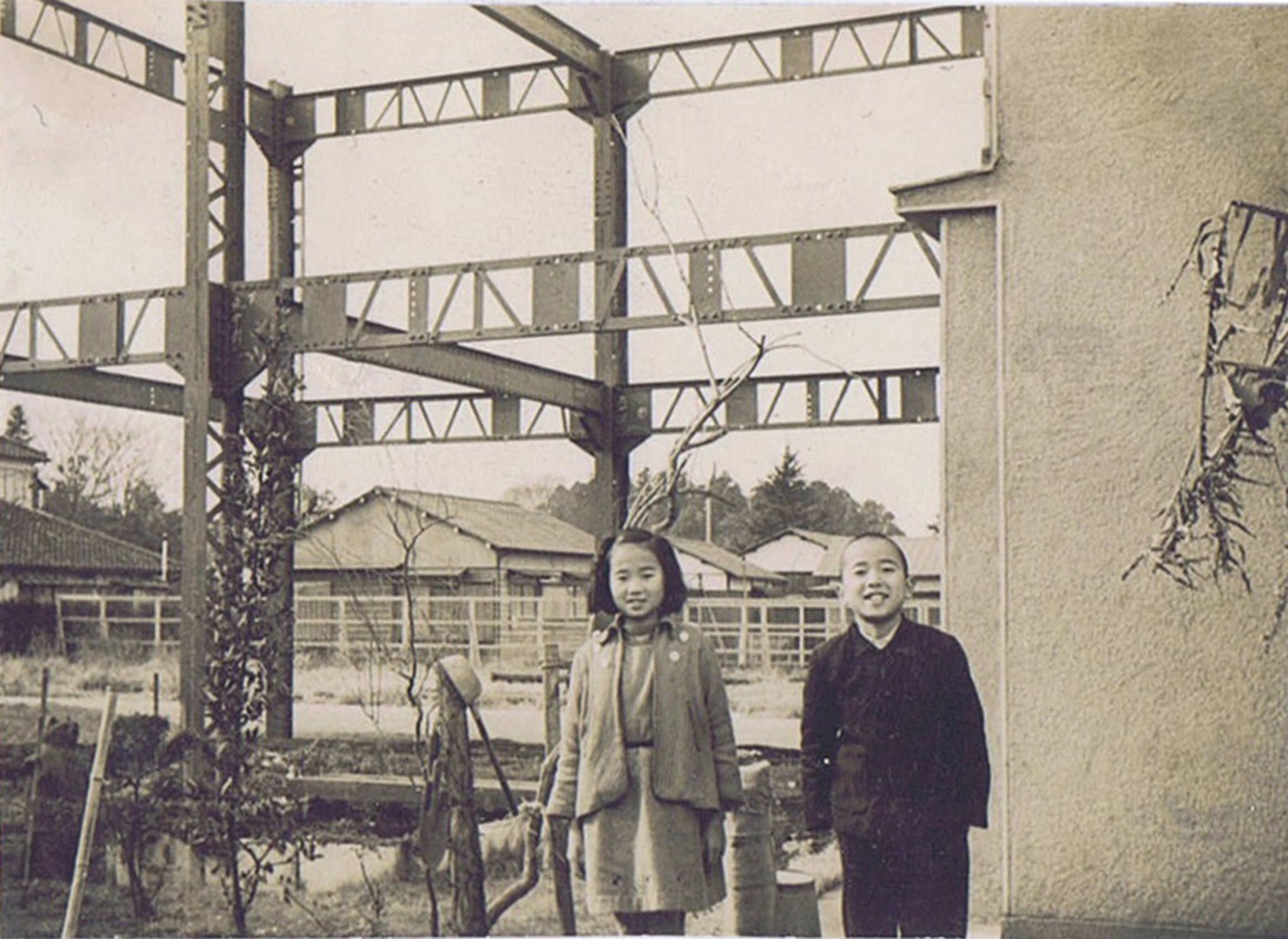
The Youkobo Art Space mission joints: expression and thought, art and culture, regional and international, traditional and contemporary; and in so doing, invites not the discretely sequential expression of these, but literally, their overlapping—the flanking of one to the other that results in surprising and strengthened art-encounters. Such is the true partnership of Co- Directors Hiroko and Tatsuhiko (the boy in the photograph) Murata.
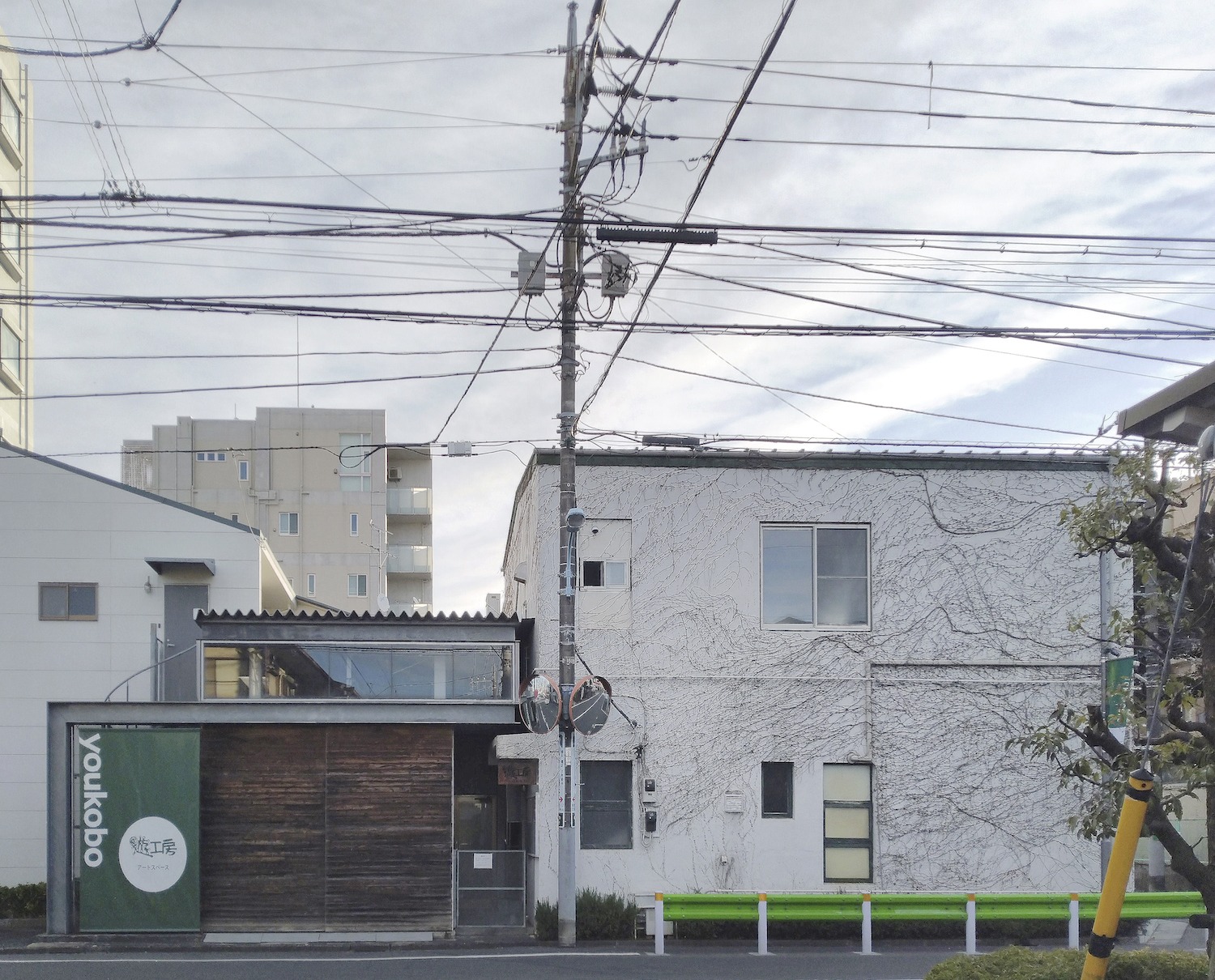
In 1984 Hiroko, an internationally recognized sculptor and passionate arts educator (teaching high school art for 20 years), established the foundation of the arts space. Perhaps it is these very elements of her biography that articulated a vision of the importance of art in the life of individuals and the community, and for participants at all levels of engagement (amateur to professional). The studio offered workshops and children’s art classes, and also provided space for a local children’s library (appropriately specializing in illustrated books).
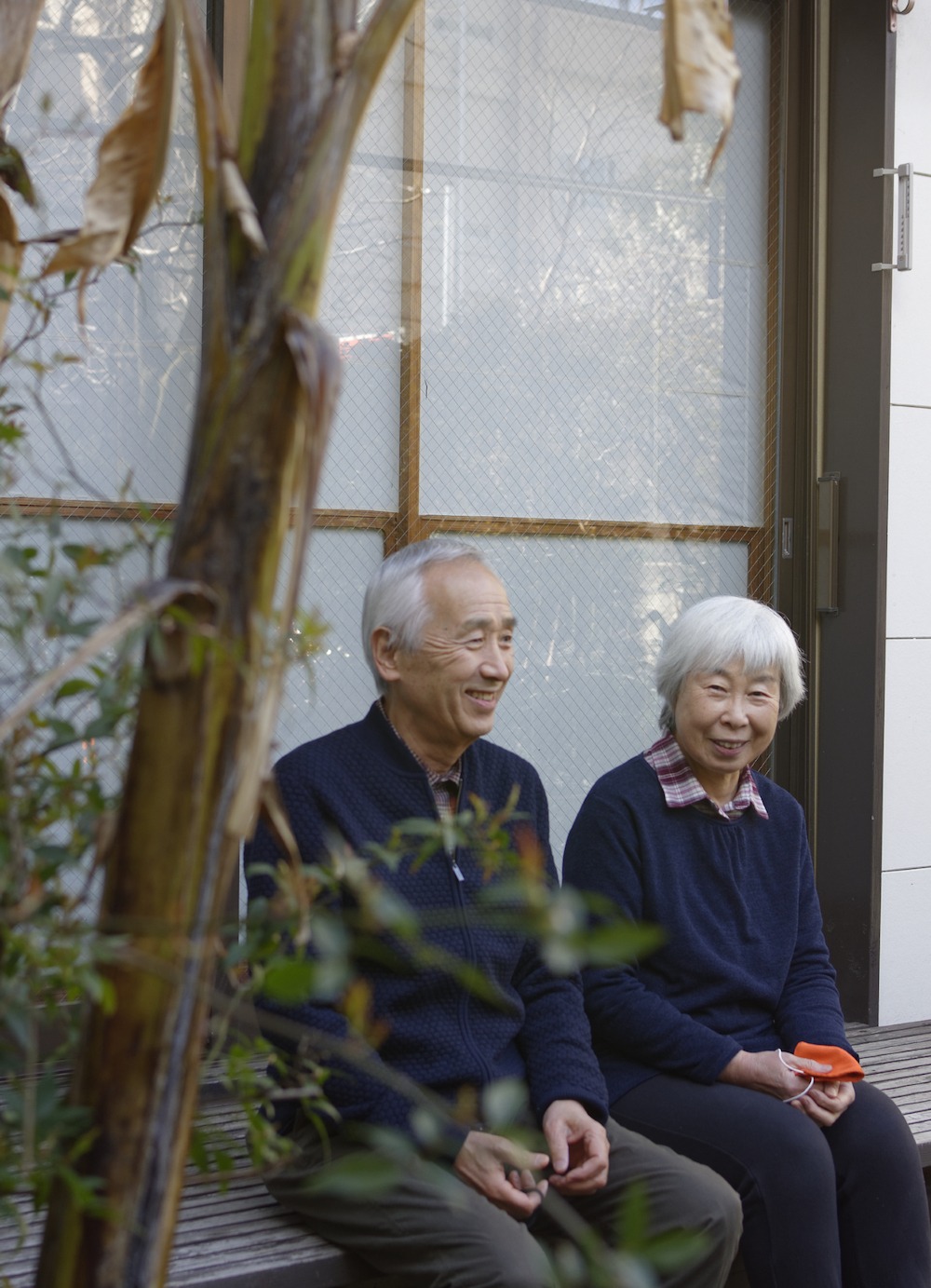
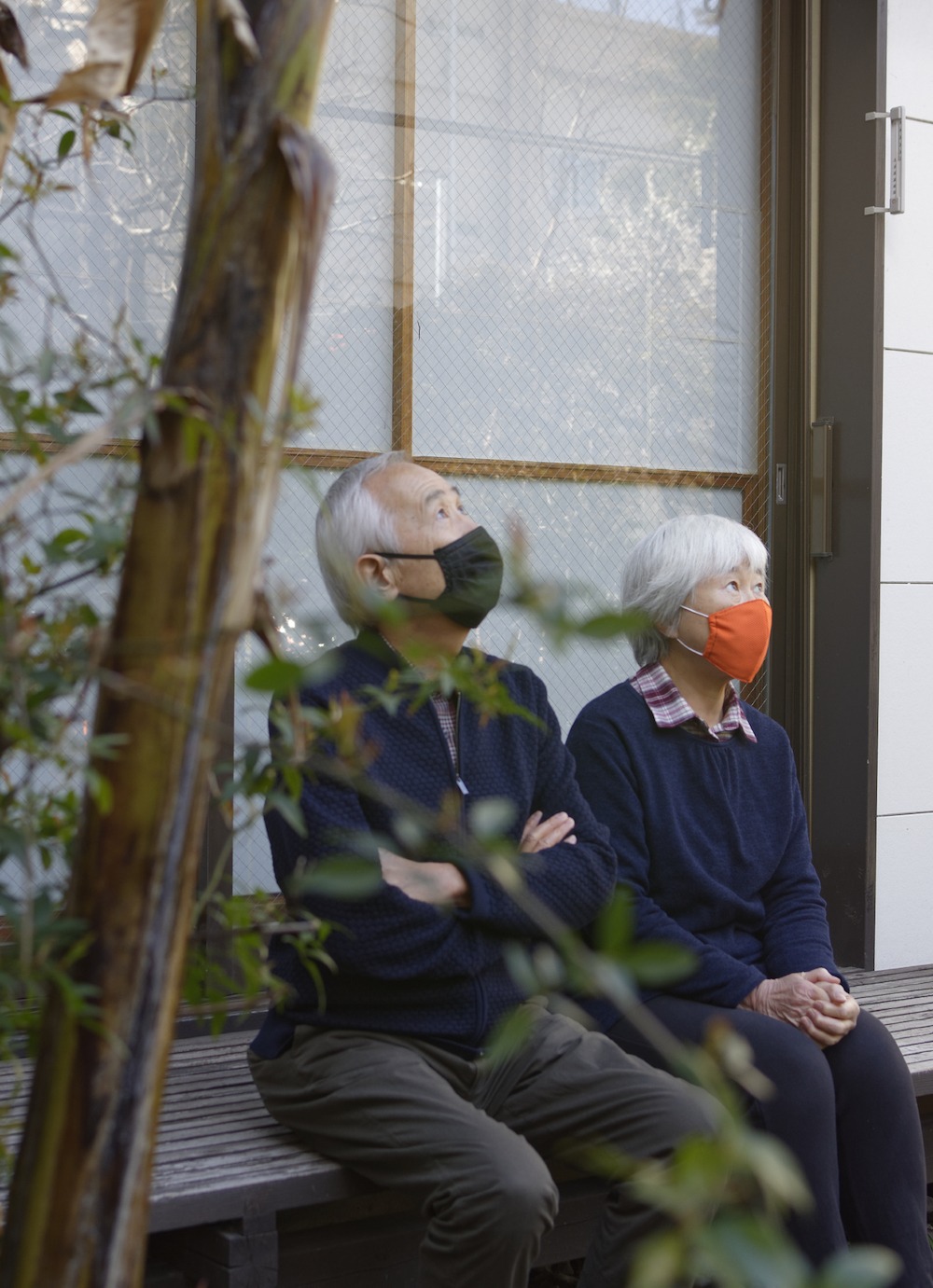
In 1989, the studio hosted international artists/architects supported by the Matsumae Foundation, recognizing this expansive reach with a name, Studio Youkobo. This was a gesture made possible, in part, because of the deep roots already established in the local community: the continuous family ownership of the building, and years of generous programming outreach.
Today, Youkobo Art Space continues to host children’s art workshops and sponsors an annual outdoor community art exhibition. They also engage the local community through public events—exhibition openings and programming; Youkobo AIR (Artist-in-Residency) has hosted almost 350 overseas artists from 50 countries and over 200 exhibitions of Japan-based artists.
Tatsuhiko, after retiring from a career as an engineer at Toshiba Corporation, leaned into the project enthusiastically, returning to college to study arts management and serving on the board of Res Artis (a worldwide artist residencies network) since 2007. Not surprisingly, the Muratas have become leaders in the broader artist residency movement, founding the Microresidence Network, “a database of microresidencies around the globe.”
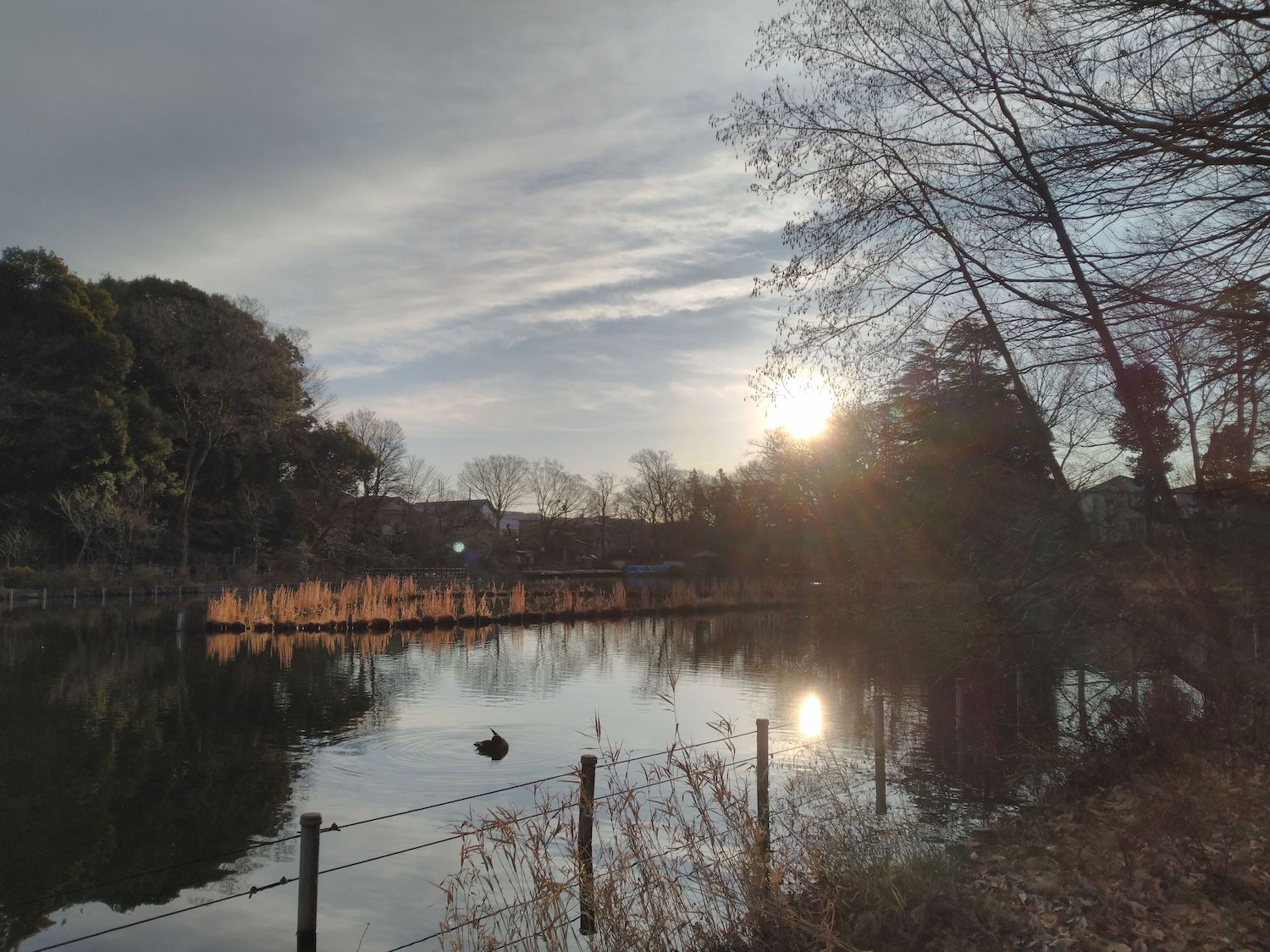
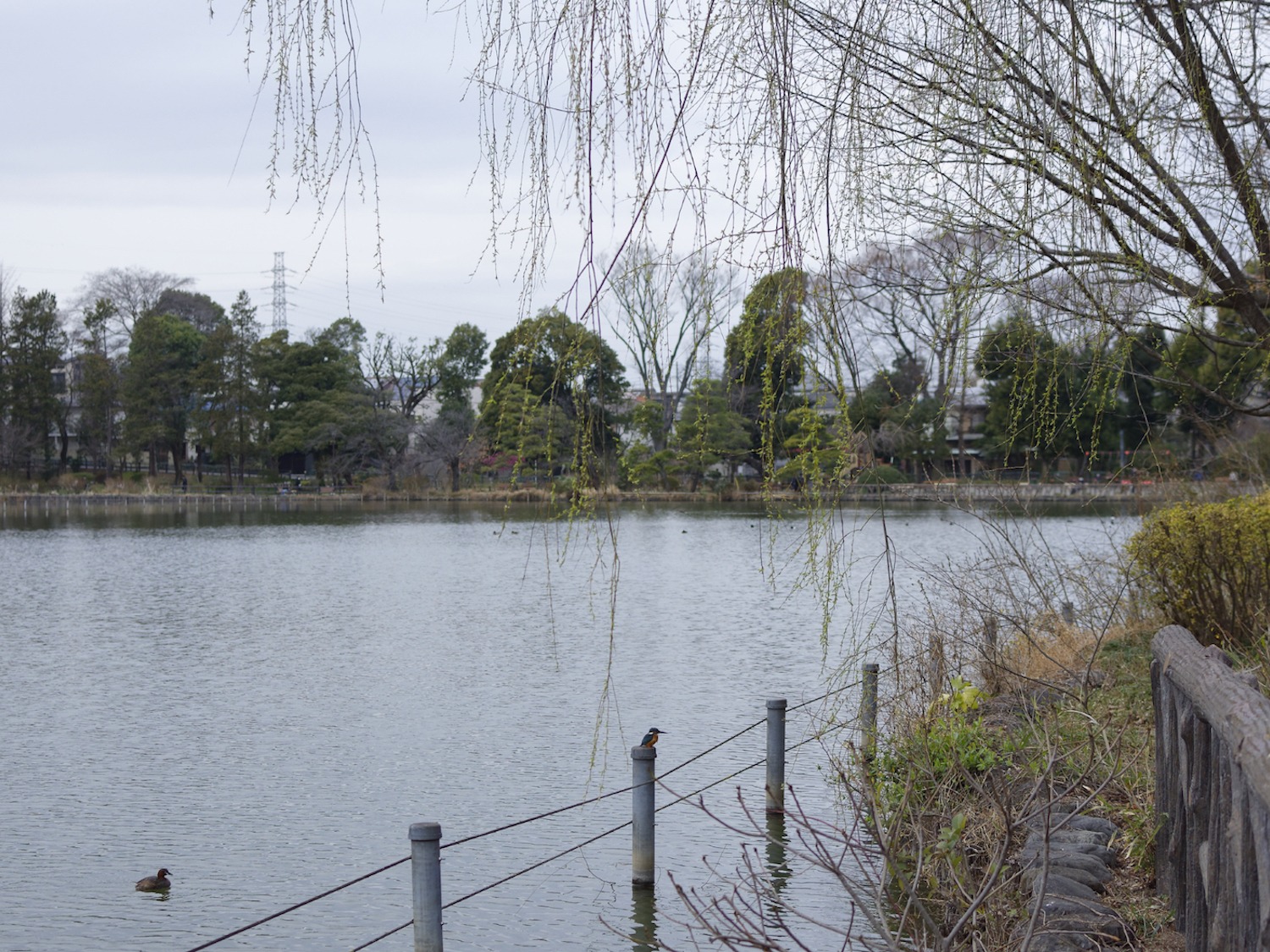
Artist Utako Shindo’s recent residency and exhibition at Youkobo exemplifies the strength of this connective philosophy. Utako worked as an intern and staff member at the art space in the early 2010’s, even while developing her own art practice, international recognition and support.
After receiving a grant from the Japanese government (2019-20) for a research and drawing project in reference to the artist Agnes Martin and based in New Mexico, Shindo returned to Tokyo and, at the end of 2020, to Youkobo, as an artist-resident. But the work she made in the upstairs studio was not just a “next” iteration of work she had made in the US. Instead, she layered and adjusted the overlapping of those geographically separated research-art practices, reinforcing their ephemeral expressions.
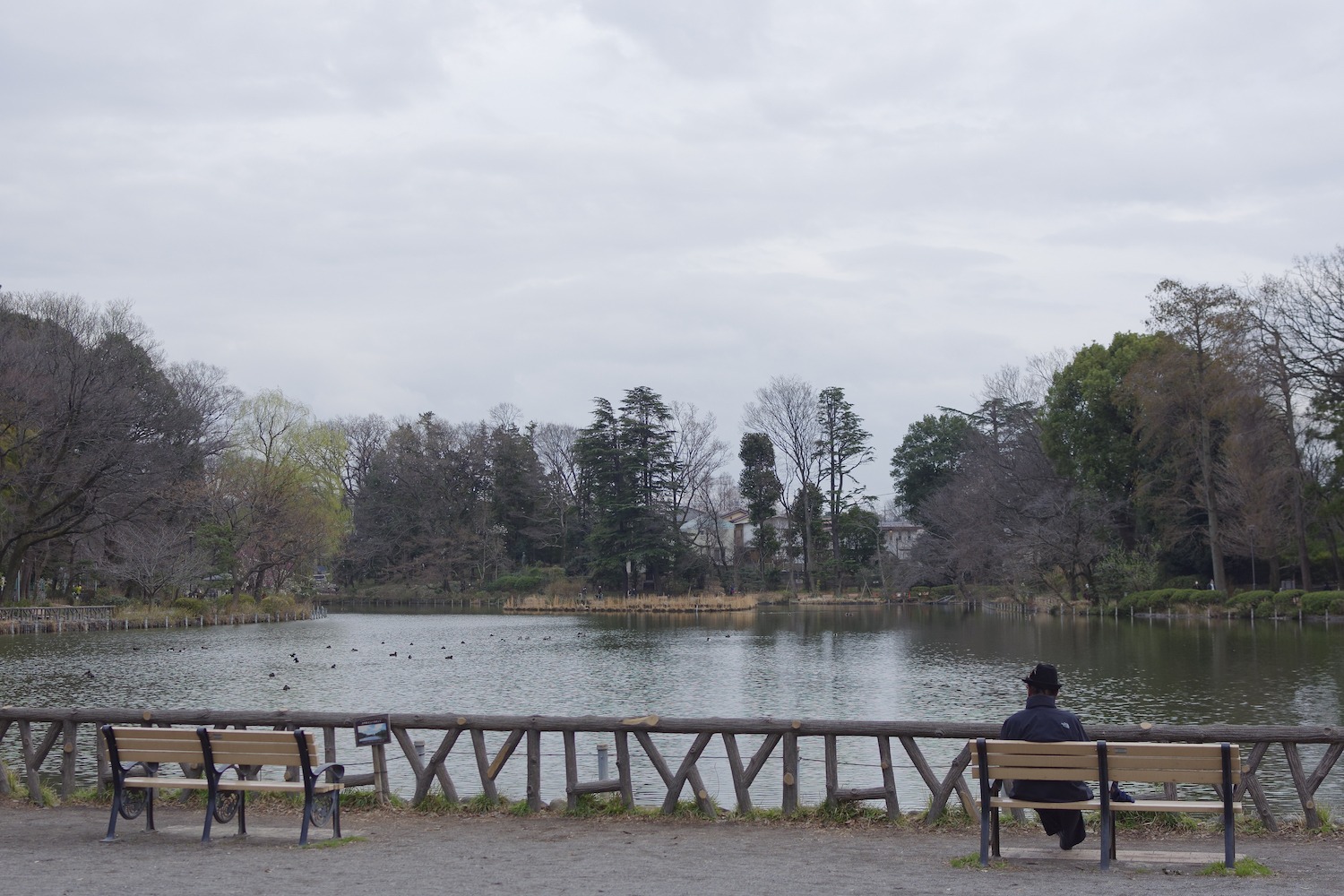
Her installation, Meeting and Greeting like Shadows (February 2021) presented subtle linear sumi ink drawings that responded to the somatic intuitions of her own body, the murmurs of her past research, and, importantly, the very specific conditions of the Youkobo studio: light, its temporal bloom and fade; the receptive encounter of bending over the floor-fastened paper; the mixed sounds of public street noise and the rhythmic intonations from the family courtyard.
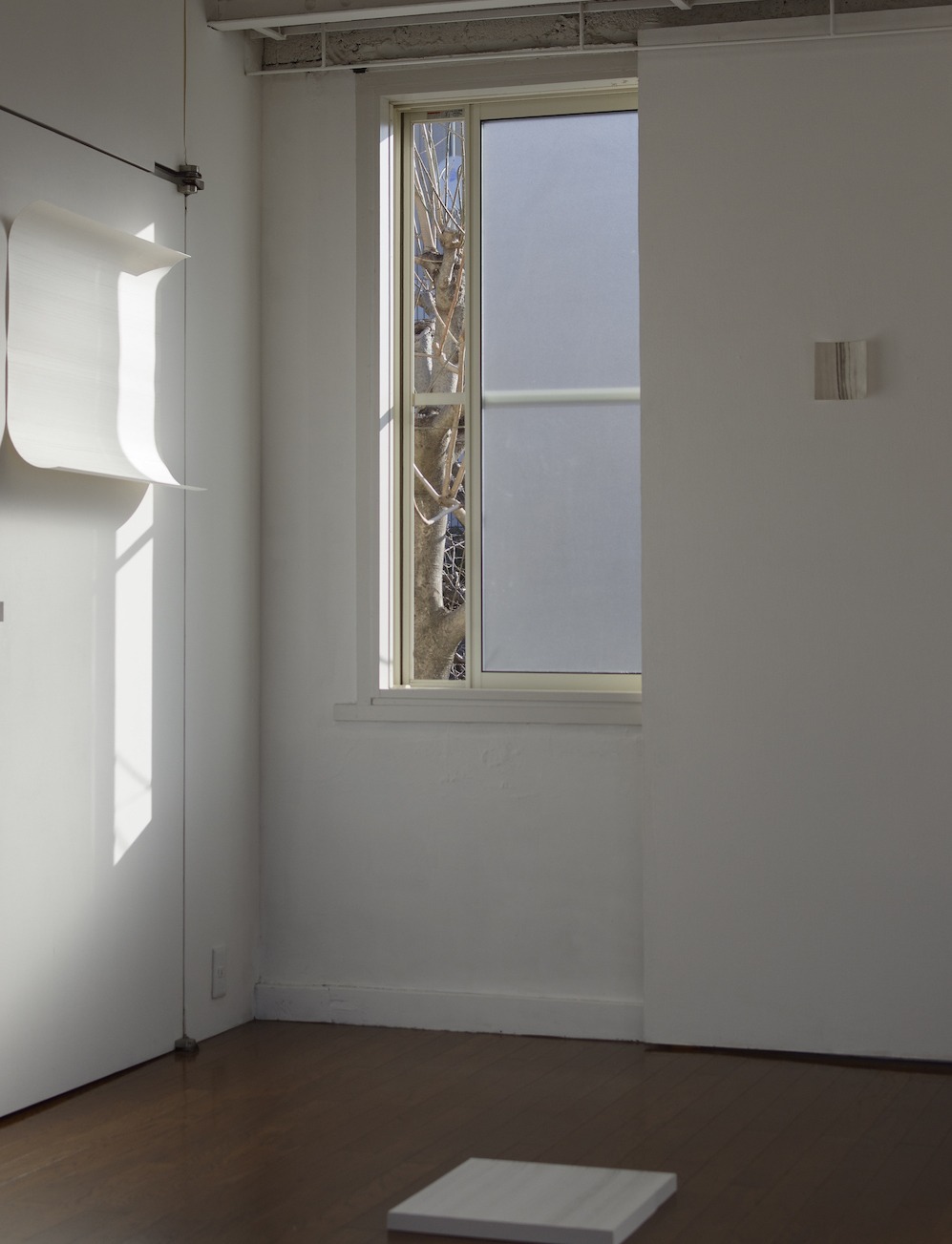
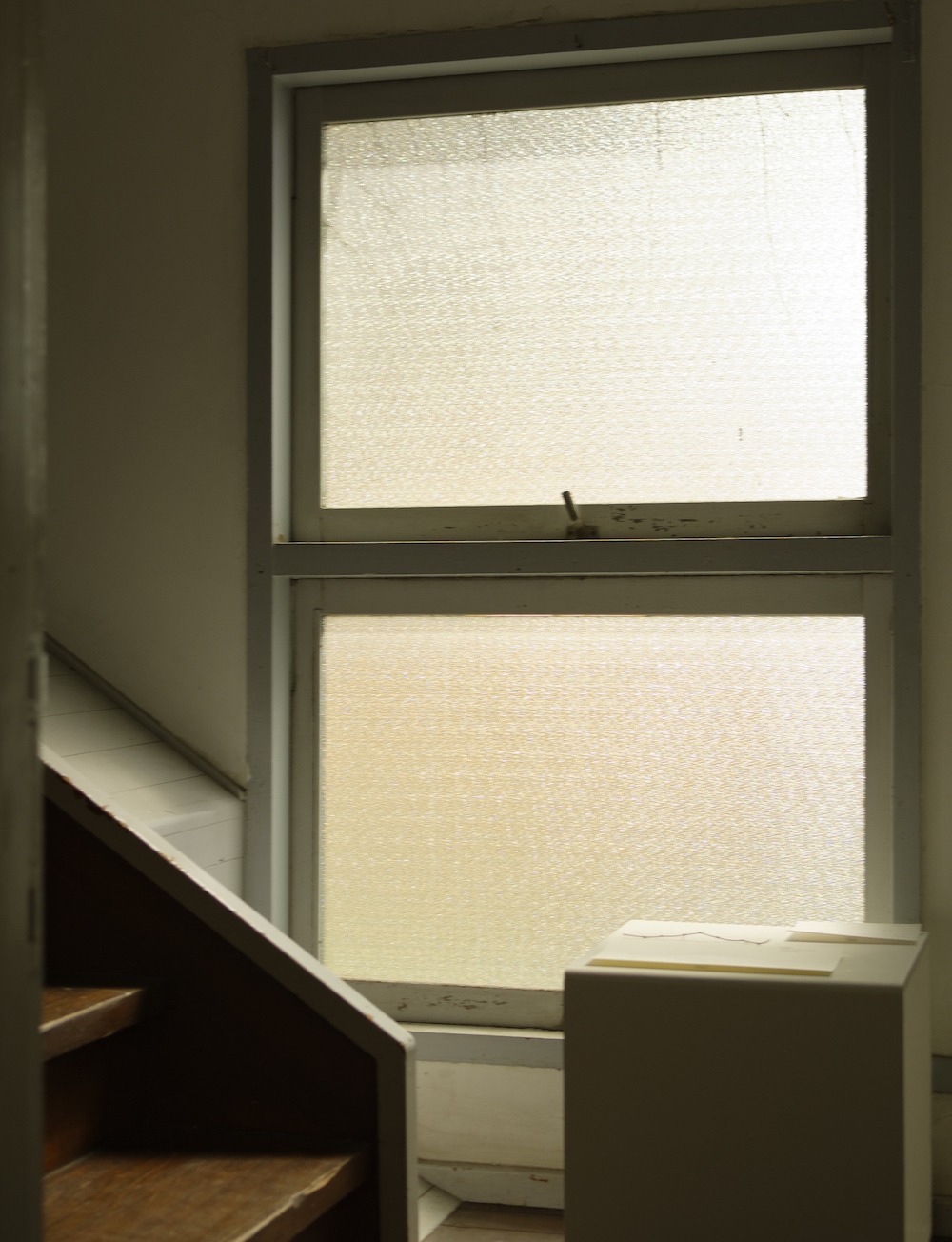
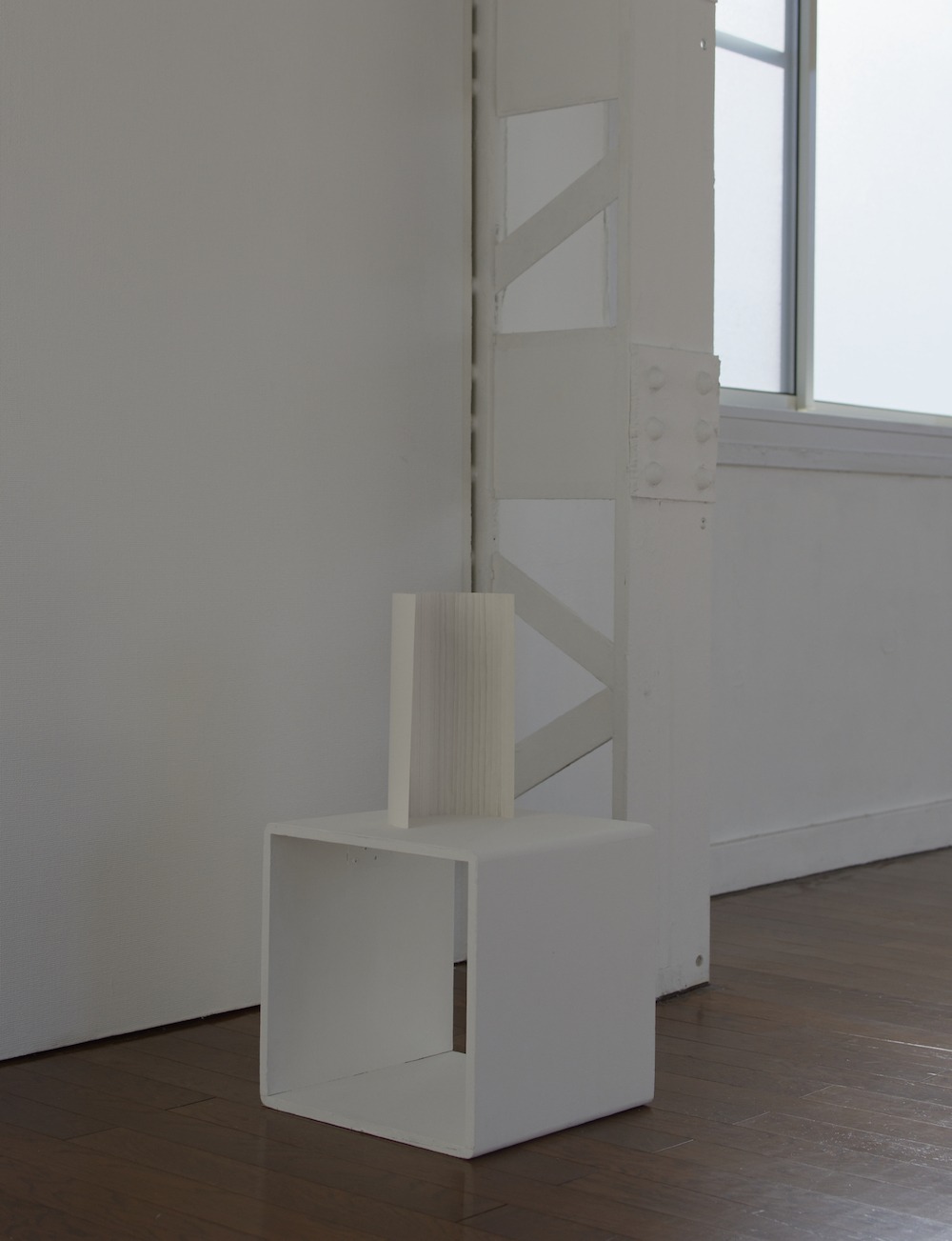
At the same time, Shindo felt other layers of the building’s history, including its use as a sanitorium through the 1970’s. In her restive/resting investigations of the studio’s own light personality (once from the vantage of a cot for an entire day), she experienced a sense of comfort that she interpreted as lingering “care”, residual from this treatment and recuperative residence. Romanticism’s 19th century association of tuberculosis as a disease of the vulnerably sensitive artistic temperament, laps histories of the building’s clinical use to the present housing and support of artists. Shindo even felt an atmospheric light from the Zempukuji Pond, only a few blocks away, considering the cleansing association of water.
The rural quality seen in the sepia photograph is mostly gone; Youkobo Art Space sits on a busy corner made visually hectic with a confluence of telephone and electric wires, perhaps an (unintended) amplified “signage” of Youkobo’s communicative networking. Almost as a translation of those linear urgencies, undulating vines cross-cover the 2-story white walls of building’s facade, predicting a more organic, inventive and tactile creeping of the creative activities within. In all there are 3 residency-studio spaces distributed in 2 adjacent buildings, offering both privacy, resources and the potential for exchange.
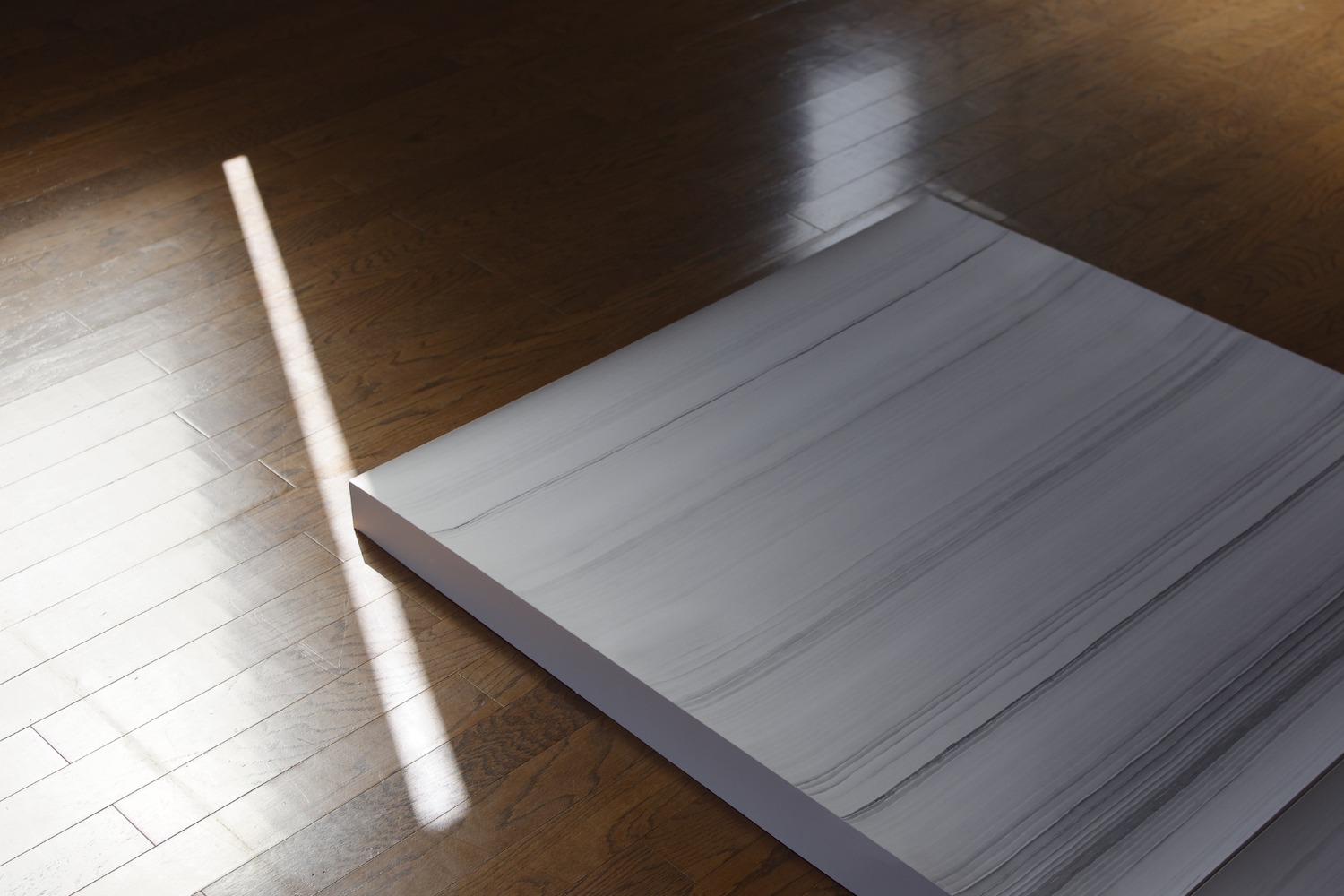
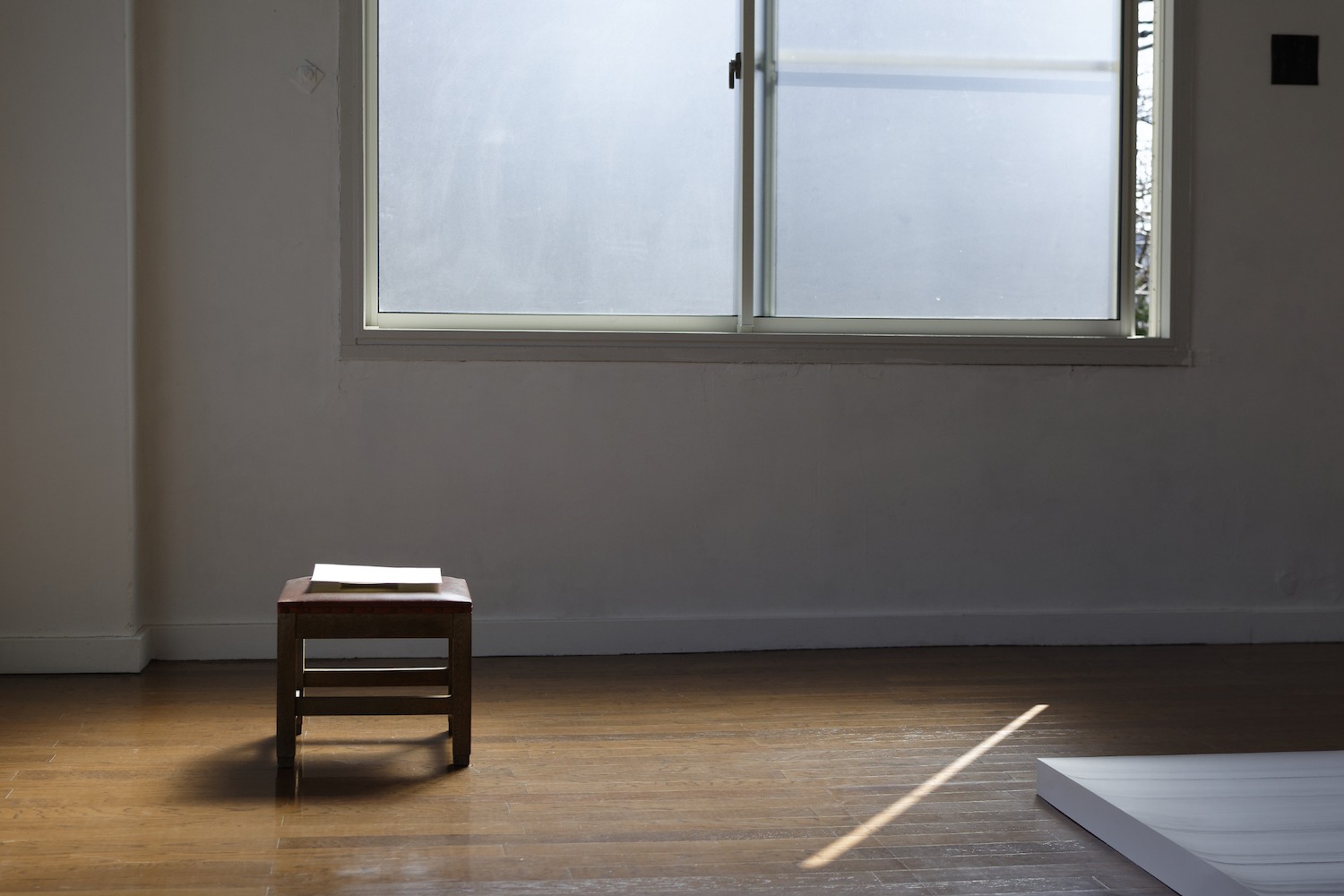
The small campus is not an architectural celebrity, but rather a sturdy assembly of places to think, make, eat, sleep, talk, imagine…and start all over again. The shed roof of Building 2 angles light and lifts ceiling. A metal corrugated roof rick-racks atop studio 1 as a visual conjunction between Building 1 and Building 2. There is both a Japanese-style residence with Tatami room and also a loft-like post- industrial space, where the original riveted construction exhibits its upright confidence (reliable, and fatigue resistant) alongside artists bent over their work.
The name Youkobo joints the Japanese word for “play” (you or yu) with that for “workshop” (kobo) and serendipitously seems to wave at us even in English (You!). This friendly invitation to artists (and those who engage with them) respects the studio as an openly investigative laboratory, serious but possibly joyful, where committed art practices are nourished and expressed to communities local and beyond.
